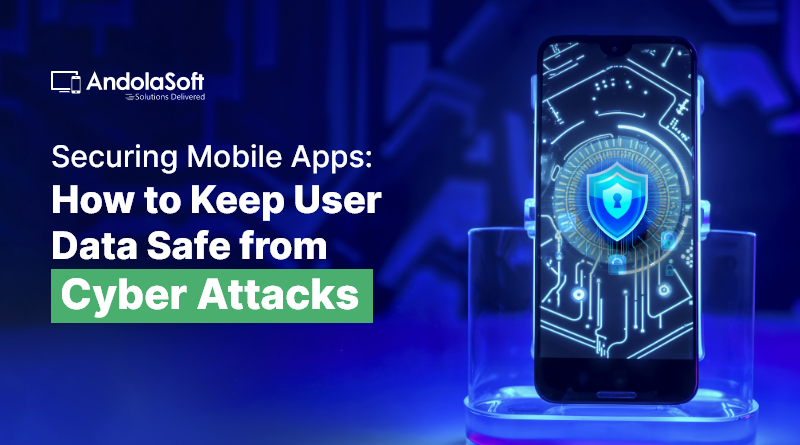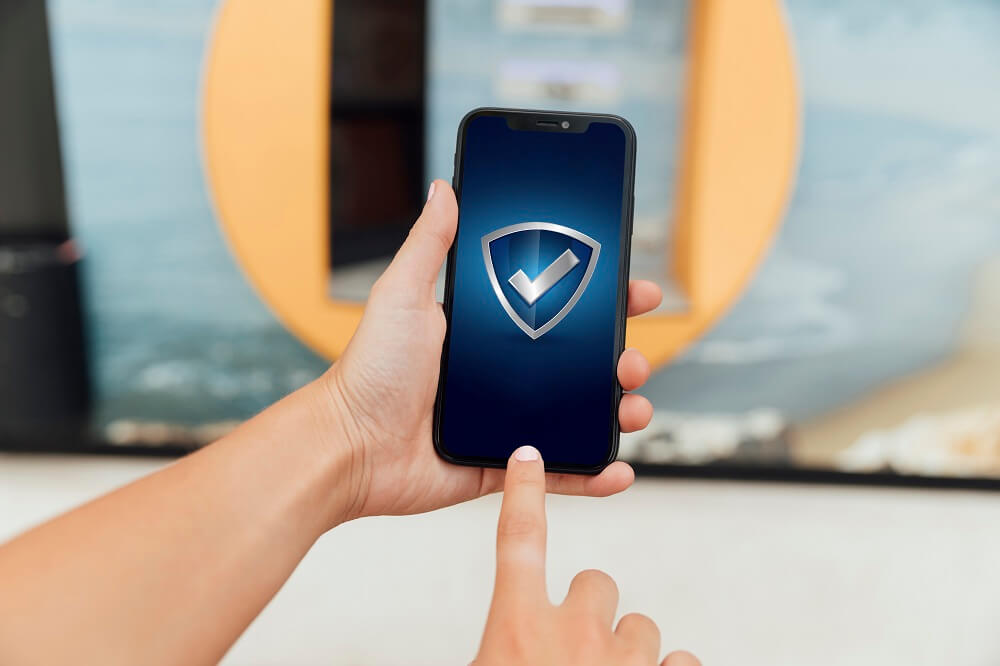Mobile usage has become ubiquitous. When you download a mobile app, and enter your details the mobile app should be designed to prevent any data heist.
Today, many industries are booming such as banking, healthcare, eCommerce, and social media which has never been more critical.
Cybercriminals are ceaselessly trying to find new ways to exploit vulnerabilities, and a single data breach can ruin a company’s reputation and cost millions.
Hence, during mobile app development, you must ensure that your app is secure, trustworthy, and compliant with the latest data protection regulations.
Today, in this guide we will break down the best practices for mobile app security which will help you protect user data and build secure future-proof applications.
Contents
Understanding Mobile App Security Risks
Before you jump into the best practices, let’s first understand the most common security threats:
Common Mobile App Security Threats:
- Data Leaks: Weak encryption and insecure data storage can expose user data to hackers.
- Man-in-the-Middle (MITM) Attacks: Attackers can steal data when it is transferred between users and servers.
- Malware and Spyware: Using malicious applications can inject harmful code to steal data.
- Weak Authentication: Poor password policies and lack of multi-factor authentication can make data access vulnerable.
- Reverse Engineering: Attackers can analyze application code to find vulnerabilities and create fraudulent versions.
- Session Hijacking: They can steal user sessions and get unauthorized access.
- API Exploits: Vulnerable APIs can create entry points for cybercriminals.
Why Does Mobile App Security Matter?
- User Trust: Customers can expect their personal and financial data to be safe.
- Compliance: Various regulations such as GDPR, HIPAA, and PCI-DSS mandate strict security measures.
- Financial Impact: Security breaches can cost businesses millions if not billions in revenue loss.
Best Practices for Mobile App Security
1. Secure Code Development
Your application code is your first line of defense. If attackers find your vulnerabilities, then they can exploit loopholes to insert malware and even steal data.
Best Practices:
- You can use secure coding guidelines such as OWASP mobile security projects
- code minification and obfuscation can prevent reverse engineering
- You can also implement code signing to verify authenticity
- Regularly perform static and dynamic code analysis.
2. Implement Strong Authentication & Authorization
Weak authentication is also one of the biggest security risks in mobile app development
Best Practices:
- Implement strong password policies
- Implement multi-factor authentication
- Use OAuth 2.0 or OpenID Connect for secure authentication
- Enforce role-based access control
3. Secure Data Storage
Many breaches do occur due to improperly stored user data.
Best Practices:
- Don’t store sensitive data on the devices unless necessary
- Use encrypted databases
- Secure app sandboxing to isolate sensitive data
- Use Android Keystore and Keychain to securely store credentials
4. Encrypt Data Transmission
Data transfers between the app and server are vulnerable to MITM attacks if not encrypted.
Best Practices:
- Always use HTTPS with TLS 1.2 or TLS 1.3.
- Implement SSL pinning to prevent fake certificates from being used in attacks.
- Use end-to-end encryption (E2EE) for messaging or sensitive transactions.
5. Secure APIs & Backend Communication
APIs are a common target for hackers because they connect apps to databases and other services.
Best Practices:
- Implement API authentication
- Validate your API requests
- Encrypt API responses
- Regularly scan APIs for vulnerabilities
6. Protect Against Reverse Engineering
Attackers can decompile an application to analyze its code and exploit vulnerabilities.
Best Practices:
- Obfuscate source code
- Implement tamper detection mechanisms
7. Secure Third-Party Libraries & SDKs
Some mobile apps can rely on third-party libraries and SDKs which can pose a security risk.
Best Practices:
- Implement libraries that are updated regularly
- Scan third-party SDKs for vulnerabilities
- Minimize unnecessary SDKs
8. Regular Security Testing & Penetration Testing
Security is not a one-time process and needs ongoing testing.
Best Practices:
- You can conduct regular penetration testing to identify weaknesses
- Perform automated security scans for vulnerabilities
- Continuously update security policies to stay ahead of evolving threats
9. Implement Remote Data Wiping
If a user’s device is lost or stolen, then the security feature should not let others access stored data.
Best Practices:
- Enable remote data wiping
- Store minimal sensitive data on any device
- Encrypt data with strong encryption
10. Enforce App Store Security Guidelines
Implement strict security guidelines for app approvals.
Best Practices:
- Follow Google and Apple security policies
- Remove APIs that could expose vulnerabilities
- Ensure regular updates
Conclusion
Rock-solid security in mobile app development is not an option, it’s a necessity. These security features should inculcate trust among users that not a single breach can lead to data or financial loss.
By implementing the best practices as discussed in this guide such as secure coding, encryption, authentication, API security, penetration testing, and more you can build a robust, hacker-proof mobile application.
Security threats will continue to evolve and with continuous monitoring, updates, and proactive security measures you can stay ahead and ensure a safe seamless user experience.
FAQs
Why is mobile app security important?
Mobile app security is essential to protect user data. A Single breach can lead to significant financial and reputational damage.
What are the most common security threats to mobile apps?
Some of the common threats which include data leaks are man-in-the-middle attacks, malware, weak authentication, etc. They can significantly compromise sensitive data and app integrity.
How can I secure the data stored in my mobile app?
Encrypt databases and use secure key storage to avoid unnecessary local storage.
How do I protect my mobile app from reverse engineering?
Use obfuscation tools to implement runtime app self-protection and use various tamper detection mechanisms to prevent attackers.
What is API security, and why does it matter for mobile apps?
API security is crucial because APIs can connect your app to backends and make it a target for hackers. Secure APIs with authentication, encryption, and vulnerability scans.













